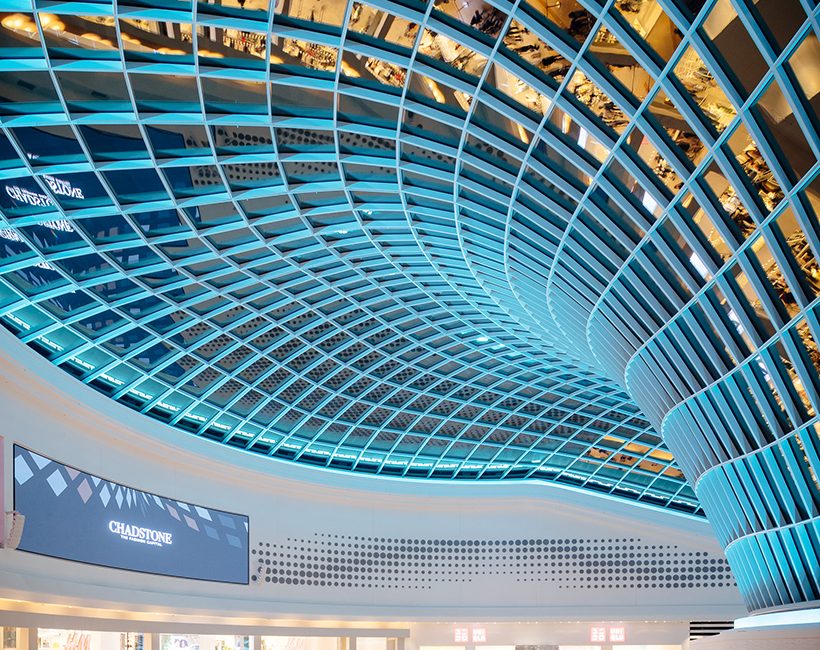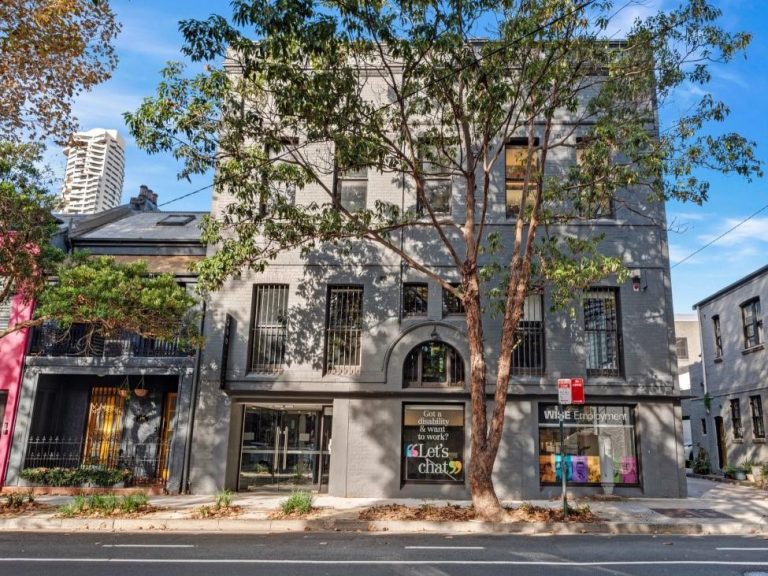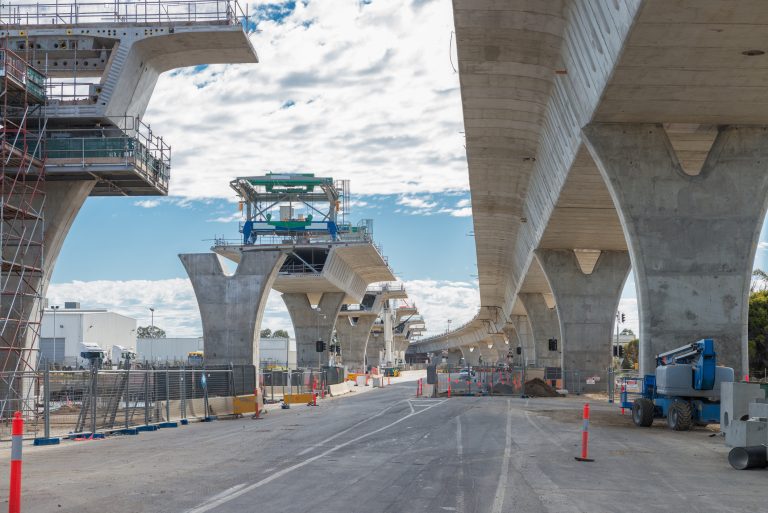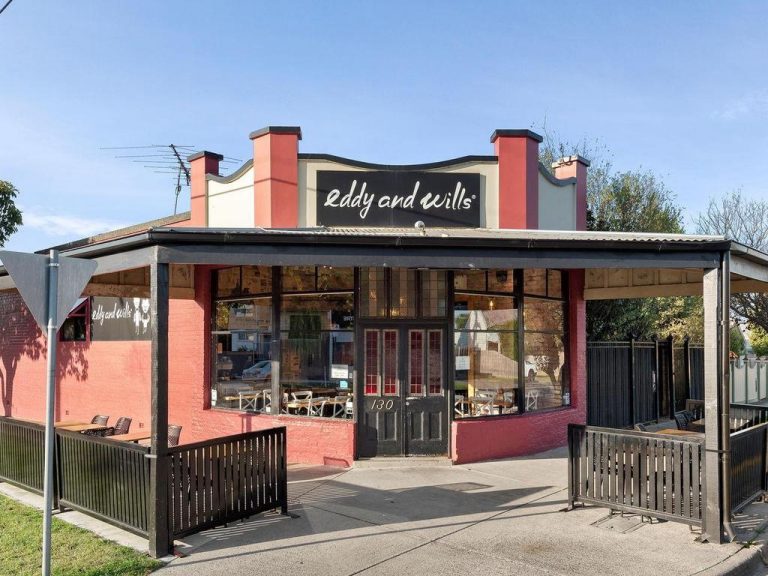Shopping centres must become ‘destinations’: Chadstone owner

Australians’ move from suburban houses into apartment blocks will drive demand for “destination” malls that offer entertainment and spaces for social interaction as well as shopping, according to retail landlord Vicinity Centres.
The part-owner of Melbourne’s Chadstone shopping centre expects retail conditions to remain challenging this financial year but reaffirmed its guidance as it pushes ahead with reshaping its portfolio and adding mixed-use developments.
The retail sector has been under pressure from the rise of online shopping and cautious consumers facing weak wages growth and high household debt.
Commercial Insights: Subscribe to receive the latest news and updates
Several landlords have been reshaping their centres to include more eateries and services that can’t be bought online, in place of struggling apparel chains.
Vicinity chief executive Grant Kelley told the group’s annual general meeting that the challenges for shopping centres now are not only about the growth of Amazon and other online retailers.
“There are many other trends, both macro and micro, which mean we must adapt to stay relevant to how Australians are now living their lives,” Kelley says.
“Our population is ageing, people are moving closer to transport hubs, and more people than ever are now living in high rise.

Chadstone shopping centre has seen a move away from flagship department stores. Picture: Valeriu Campan
“Australians increasingly want destinations where they can go to meet friends, be entertained, eat and drink, and experience new products and services.”
The landlord is making progress on selling up to $1 billion of non-core assets, after announcing plans to sell 11 assets for $631 million last month.
The group has identified 12 mixed-use projects across its portfolio, highlighting an opportunity at Box Hill in Melbourne’s east.
“State and local governments have been supportive of our proposal to undertake a full redevelopment of the centre and surrounding precinct,” Kelley says.
“The extensive residential and commercial development underway around the centre indicates a potential to add over 300,000 square metres of non-retail space to the site, in addition to a significant retail expansion.”
The group reaffirmed its full-year 2019 guidance of 18 to 18.2 cents per security, assuming the completion of $2 billion of assets divested, with distributions at the upper end of the target range of 85 to 90% of funds from operations.
This article originally appeared on www.theaustralian.com.au/property.







